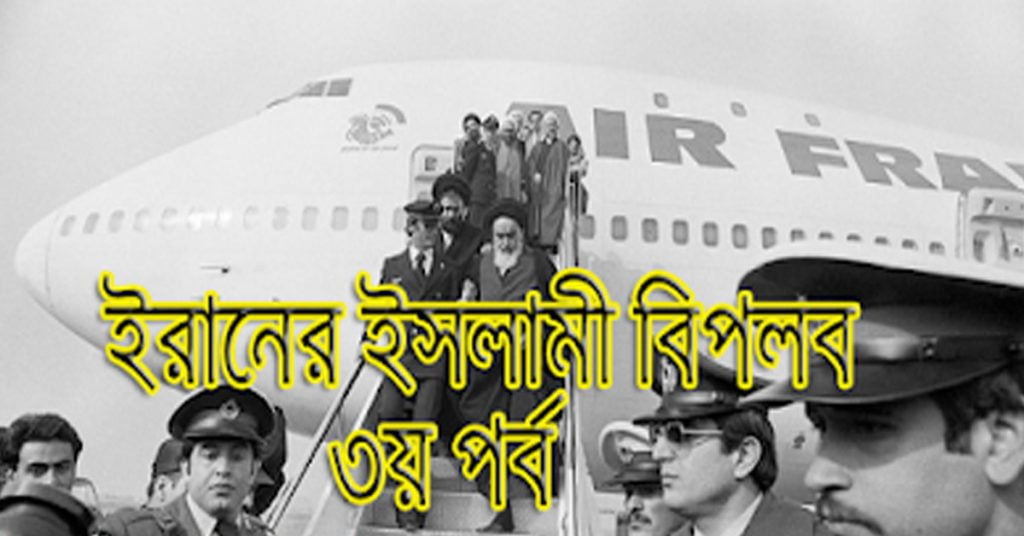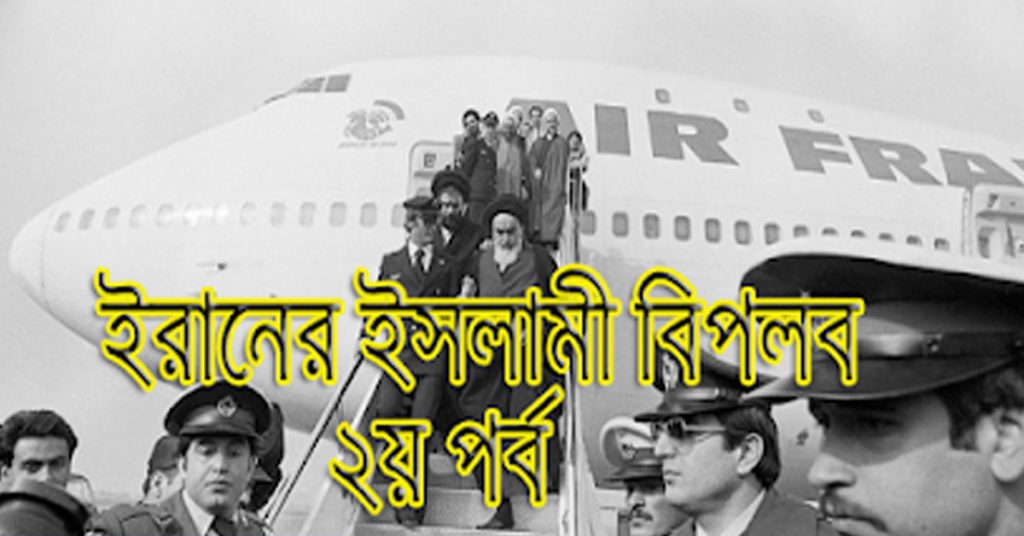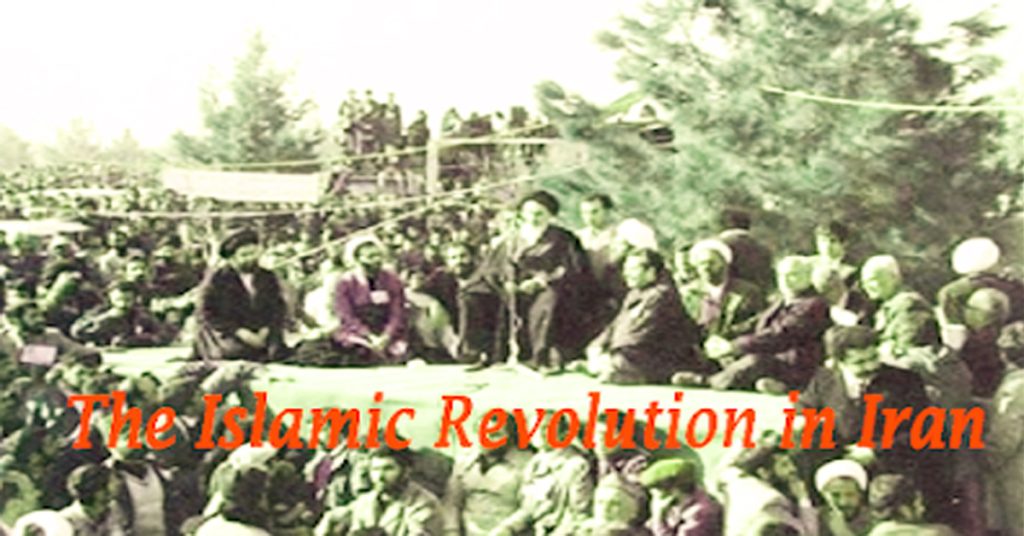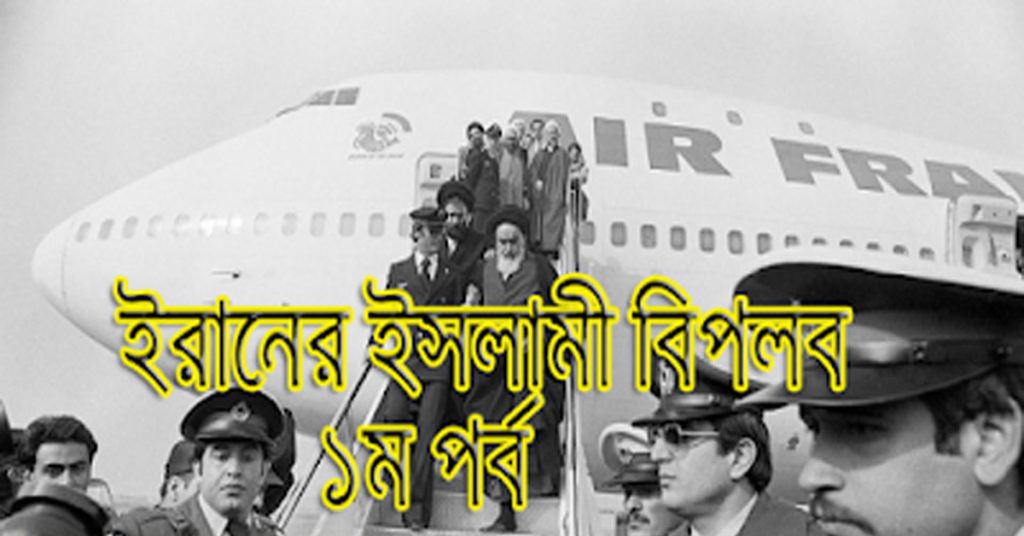The Islamic Revolution in Iran (part 3).
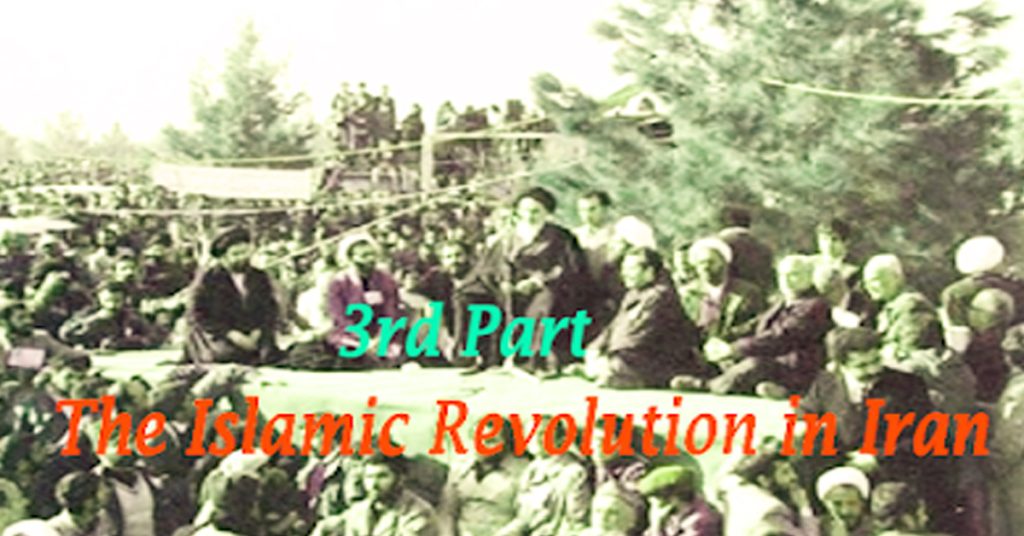

The Islamic Revolution in Iran (part 3).
The days of the Islamic Revolution in Iran
(Episode 3)
After the beginning of Imam’s exile on November 4, 1964, the anti-dictatorship movement in Iran came to a standstill,
but the process of revolution did not come to a complete halt. Imam Khomeini (ra) has given different directions to the Iranians since his exile.
At this time he lost his beloved child. These issues will be discussed in this episode.
Although Imam Khomeini (ra) lived abroad, he was always preoccupied with liberating the Iranian people from dictatorship.
Even in exile, he has played a vocal role against the Shah’s injustices.
Imam Khomeini, as well as his allies in Iran, were vocal about raising public awareness.
In this situation,
Ayatollah Sayyid Mustafa Khomeini,
the eldest son of Imam Khomeini (ra), died on October 23, 1977 at the age of 47.
Everyone believes that the security forces of the Shah’s government in Iran and
the Ba’athist government in Iraq were behind the death of Imam’s child.
There is also some evidence of their involvement.
Ayatollah Mostafa Khomeini, the eldest son of Imam Khomeini (ra), was an ideal man. He was as vocal against dictatorship as his father. Ayatollah Mostafa Khomeini was also arrested and deported to Turkey for opposing Iran’s dictatorial Shah government. The incident took place a few days after Imam Khomeini was deported. Mostafa Khomeini was then sent to Iraq with his father. Arriving in Iraq, he concentrated on receiving higher education from his father, Imam Khomeini (ra), and famous scholars there. Sayyed Mostafa Khomeini has always played the role of his father’s collaborator and adviser.
The Islamic Revolution in Iran (part 3).
The Shah’s government of Iran thought that the death of his son would greatly disintegrate
Imam Khomeini (ra) and lead him away from the truth-seeking movement.
But that expectation of the Shah government was not fulfilled.
Although Imam Khomeini was deeply saddened by the death of his child, he was determined to continue the movement.
There is no point in his position in this regard.
After the child’s martyrdom,
he delivered a fiery speech against the dictatorial Shah and called on the Iranian people to remain united.
Although the news of the suspicious death of the eldest son of Imam Khomeini (ra) was censored by the Shah’s government,
it reached the people through various means and caused a great reaction in the minds of the people.
A special ceremony was held in Iran in memory of Ayatollah Mostafa Khomeini,
and Imam Khomeini’s name was mentioned in public for the first time in almost thirteen years.
About three months later, an article was published in a newspaper
loyal to the Shah in Iran criticizing Imam Khomeini (ra).
The article was published in the Ettelat on 9 January 1978 under the direct direction of the Shah.
Soon after the article was published, the crowd became angry and protests were held in the Iranian religious city of Kom. The day after the article was published, on January 10, protests erupted at religious educational institutions in Kom and students took part in the protests. Ordinary people of Kom also took part in the protest on January 11 by declaring solidarity with the students. As a result, the city of Kom became a city of protests.
The Islamic Revolution in Iran (part 3).
As in the past, protesters were targeted. Many people were killed. Although the movement seems to have stalled after the horrific attack on the protesters, it is clear to all that the conscious Iranians are always ready to fight against the Shah. After the protests in Qom, it became clear that the Iranians considered Imam Khomeini to be their leader, despite his absence for 13 years, and would not accept the insult.
The Shah government of Iran and its ally the United States could not have imagined that the Iranian people loved their religion and religious leader so much, despite widespread state propaganda. Even then, the dictatorial Shah’s government was relieved to think that the Kom movement had stopped and that it was no longer possible to repeat such incidents. But on the 40th day of the incident, ceremonies were held in different parts of Iran in memory of the martyrs. At the call of revolutionary scholar Ayatollah Qazi Tabatabayi in Tabriz, Shah’s security forces attacked Chehlam’s ceremony. Several people were killed in it.
The Islamic Revolution in Iran (part 3).
And after this incident, the whole people of Tabriz became angry and took to the streets chanting anti-Shah slogans. In this situation, Shah’s army deployed tanks and armored vehicles and launched a massive attack to suppress the protests. Many people were martyred and hundreds were seriously injured in the army attack. After that mass uprising in Tabriz, everyone began to realize that the time for the victory of the Islamic Revolution in Iran was approaching and that the revolution against the Shah would be successful.
Imam Khomeini (ra) was in exile in Iraq at the time and he was closely monitoring the situation from there. He said in a message of condolence to the Iranian people after observing the bloody incident in Tabriz that the Shah should know that the Iranians have found their way and will not stop until the perpetrators are brought to justice. By the will of God, the people of Iran have become vocal against the Shah’s government and this protest will be even stronger and the flag of Islam will be hoisted by respected scholars to take revenge against the dictatorial Shah.
The days of the Islamic Revolution in Iran
Imam Khomeini He then reminded the Iranians of the sacrifices of the martyrs of Qom and Tabriz on the occasion of the Persian New Year that year. In that year, the Iranians did not sink into the joy of the New Year, but continued to think of ways to make the revolution a success, and to work for unity among themselves. And in this way the progress on the path of revolution is accelerated.
(Collected)
dpe exam,model test,mcq test,primary job preparation,teacher job exam suggestion,bangla mcq,
educatonal video,bcs preliminary,govt jobs,41th bcs,educational video,dpe final suggestion,
ntrc,dpe,university admission,dpe model test,suggestion,primary teacher job,primary job exam-2019,
primary job written exam preparation.

